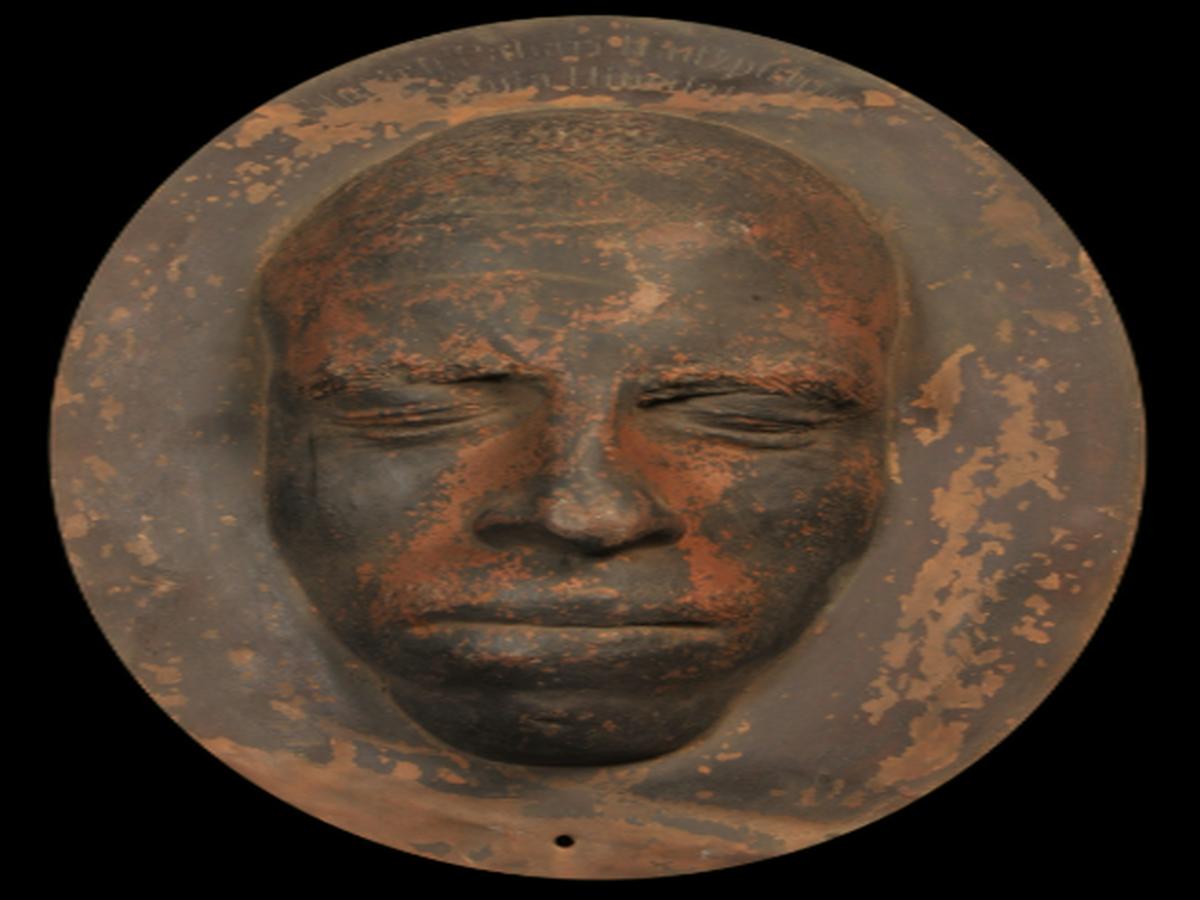State
Tribe Name
Art Type
short description
The mould is an oval piece of metal representing Shugru-an inhabitant of Simla in the Himalayas-who was one of the Pahari tribes. The Paharis, with the Pahari group being one of them, are said to be the original inhabitants who reside in the hills and mountains of Himachal Pradesh and Jammu-Kashmir-which make up the northern part of India. The metal composition faces the mold with its finely pronounced features of Shugru, which holds elongated facial outlines-a character of physiognomy typical to the region and well-accepted among the Pahari communities. This face mould, its artisan product-their utility extends into the realm of commemorative objects. Inscribed upon the top of the cast are the names of Shugru and his locality-Simla, thus limiting the mold to that one individual in that one place.
Thumbnail

Filter Postion
Right
Filter Background
Off
Theme
Filter Header Image

content
Image

description
The mould is an oval piece of metal representing Shugru-an inhabitant of Simla in the Himalayas-who was one of the Pahari tribes. The Paharis, with the Pahari group being one of them, are said to be the original inhabitants who reside in the hills and mountains of Himachal Pradesh and Jammu-Kashmir-which make up the northern part of India. The metal composition faces the mold with its finely pronounced features of Shugru, which holds elongated facial outlines-a character of physiognomy typical to the region and well-accepted among the Pahari communities. This face mould, its artisan product-their utility extends into the realm of commemorative objects. Inscribed upon the top of the cast are the names of Shugru and his locality-Simla, thus limiting the mold to that one individual in that one place.
Such artefacts must have had uses specifically for memorial purposes-to commemorate individuals of significance to the community, especially potential leaders or otherwise revered personalities. For the Pahari, personal memory and ancestral memory are grounded in such objects, merging identity, family honour, and tradition. These face moulds would have been installed in private shrines or within family settings as aesthetic representations of the deceased and as keeping in memory the honored person. Today these face moulds stand out as significant ciphers of cultural identity, which have a bearing on the artistic practices and traditions through which the Pahari people have held their forefathers.
Such artefacts must have had uses specifically for memorial purposes-to commemorate individuals of significance to the community, especially potential leaders or otherwise revered personalities. For the Pahari, personal memory and ancestral memory are grounded in such objects, merging identity, family honour, and tradition. These face moulds would have been installed in private shrines or within family settings as aesthetic representations of the deceased and as keeping in memory the honored person. Today these face moulds stand out as significant ciphers of cultural identity, which have a bearing on the artistic practices and traditions through which the Pahari people have held their forefathers.
Image Mode
landscape
promoted
On
Verified
Off
